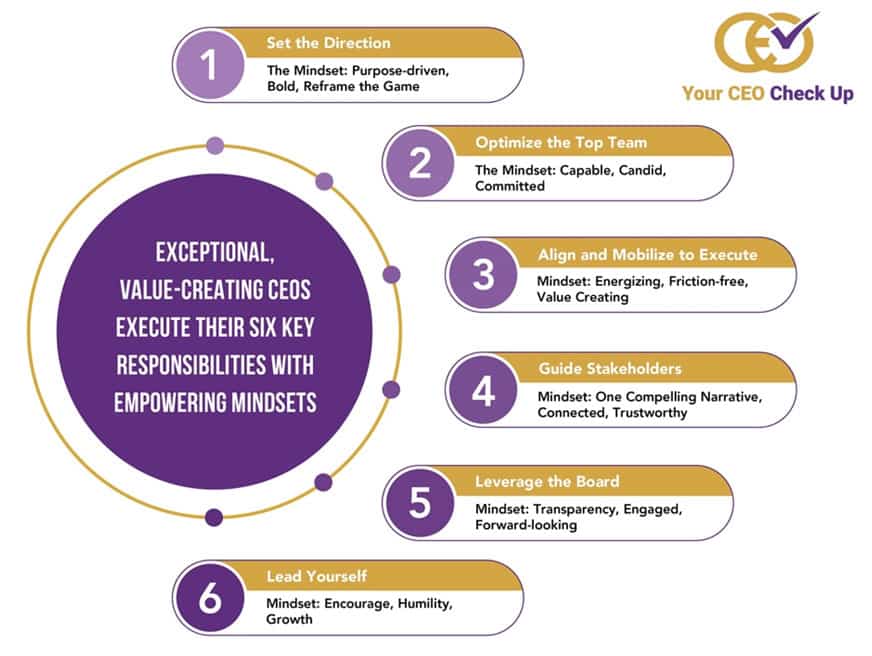Attention All CEOs: Torpedo the Performance Review – Try the “W5” Instead
The loathed performance appraisal is raising its ugly head again across corporations. Many companies that halted reviews during the pandemic now have employee performance in their crosshairs. The Dreaded Performance Review Makes a Comeback appeared as the lead article in the Wall Street Journal’s C-Suite Strategies section on September 19, 2022.
Meta Platforms (Facebook), Google, McKinsey, CarParts.com, and Goldman Sachs were identified as ones where performance reviews are returning. It’s a big mistake. Performance reviews at most companies, as conducted for decades, is an inherently flawed process. There is, however, a better solution for managing performance.
What’s required for any business that seeks to serve its clients well and grow? A group of motivated, high-performing people is a necessary component. And how do most businesses monitor the performance of its people? An annual performance review is typically used. And who feels the performance review process works well? Just about no one!
Consider these facts:
- Employees – Only 13% think performance reviews are effective.
- Managers – 70% of managers admit they have trouble giving a tough performance review.
- Human Resources – 58% of HR executives grade their performance review process a grade of C or below.
- CEOs – Only 6% of CEOs think their performance review process is effective.
Clearly all the stakeholders of the annual performance review see the process as broken. If that’s the case, isn’t it time to obliterate – instead of bring back – the traditional performance review?
Why don’t companies blow up their performance review processes? Three reasons: 1. Because it is necessary to give feedback on performance and this provides a mechanism for the exchange of feedback; 2. Because (pre-pandemic) we’ve always done performance reviews before; 3. Even if we acknowledge performance reviews don’t work well, we don’t have a better solution for delivering performance feedback.
I’m all about giving and receiving feedback, improving performance and fanatical about creating performance-oriented cultures. But I’m adamantly opposed to the annual performance review process, which sadly is the antithesis of high performance. So, what can companies do differently? I suggest the W5 meeting.
Five-way view
The W5 (work in 5 directions) meeting is an innovative idea in performance management. These meetings offer a powerful opportunity to promote self accountability. Very simply, a W5 meeting is a one-to-one meeting between a team member and the direct manager. At these meetings, the team member should report a self-assessment on their performance from five directions: customer, direct reports, peer, manager and self (how they are learning and growing).
Typically held monthly, the focus of this meeting is about the results the team member is achieving. It is the team member’s responsibility to schedule the meeting and report in full. During the W5 meeting, which should be conducted in 30 minutes or less, the team member gives a full accounting of progress on how they are meeting and exceeding the requirements in the five directions as listed above.
The team member provides an overall assessment of how they are delivering, taking accountability for performance shortfalls and reports on a plan to correct any deficiencies. Both problem areas and success stories are shared.
Specific topics on which the manager can assist are identified, and together a plan is developed. For both the team member and the manager, the W5 meeting is held in a spirit of collaboration, alignment and coaching for future performance. The manager should look for ways to encourage, support and recognize the team member throughout the meeting, in a genuine way. The meeting is supported by candor and an open dialogue.
Implementing W5 meetings monthly builds accountability for performance with an eye on what is required for future success. If W5 meetings are held regularly and with the right intention, the manager will only need to hold team members accountable when they are failing to hold themselves accountable.
Companies that implement the W5 process across the board can discard their annual performance review process. Using the W5 process provides for recognition of excellent performance. Meanwhile poor performance gets addressed quickly and is not tucked away for a discussion that may occur months later.
There is no ambiguity how work performance is perceived, in the world of W5. Problem performers find themselves in a pressure cooker, have nowhere to hide and are quickly faced with a choice: dramatically improve or leave. Mid-level performers are encouraged and coached on ways they can lift their contribution. Excellent performers are recognized for their superb work.
So, if we are committed to growth, extraordinary results and a performance-driven climate, it’s time to obliterate the old performance review process, substituting it with real time feedback and the W5 process.
The biggest challenge of W5 meetings is the discipline to initiate and sustain these meetings, which take time. But what could be more important to leaders and managers than creating a team of motivated, high performing team members that are positioned to achieve sustained results? After all, taking great care of clients by creating the capability and climate for sustained results is what leaders are paid to do.
If you are getting great results with your traditional performance review process, you wouldn’t be reading this article. If you want great performance in the future, I encourage you to consider committing to the W5 process.












